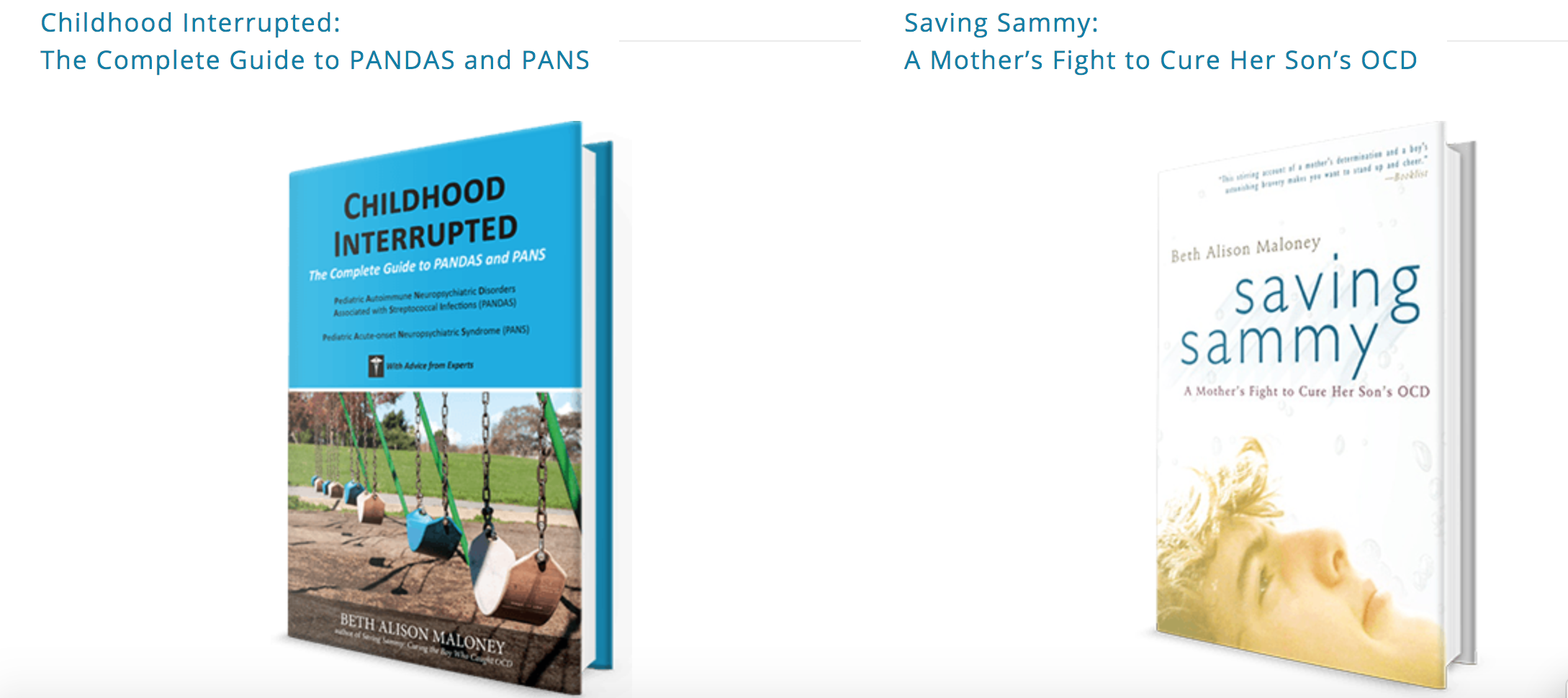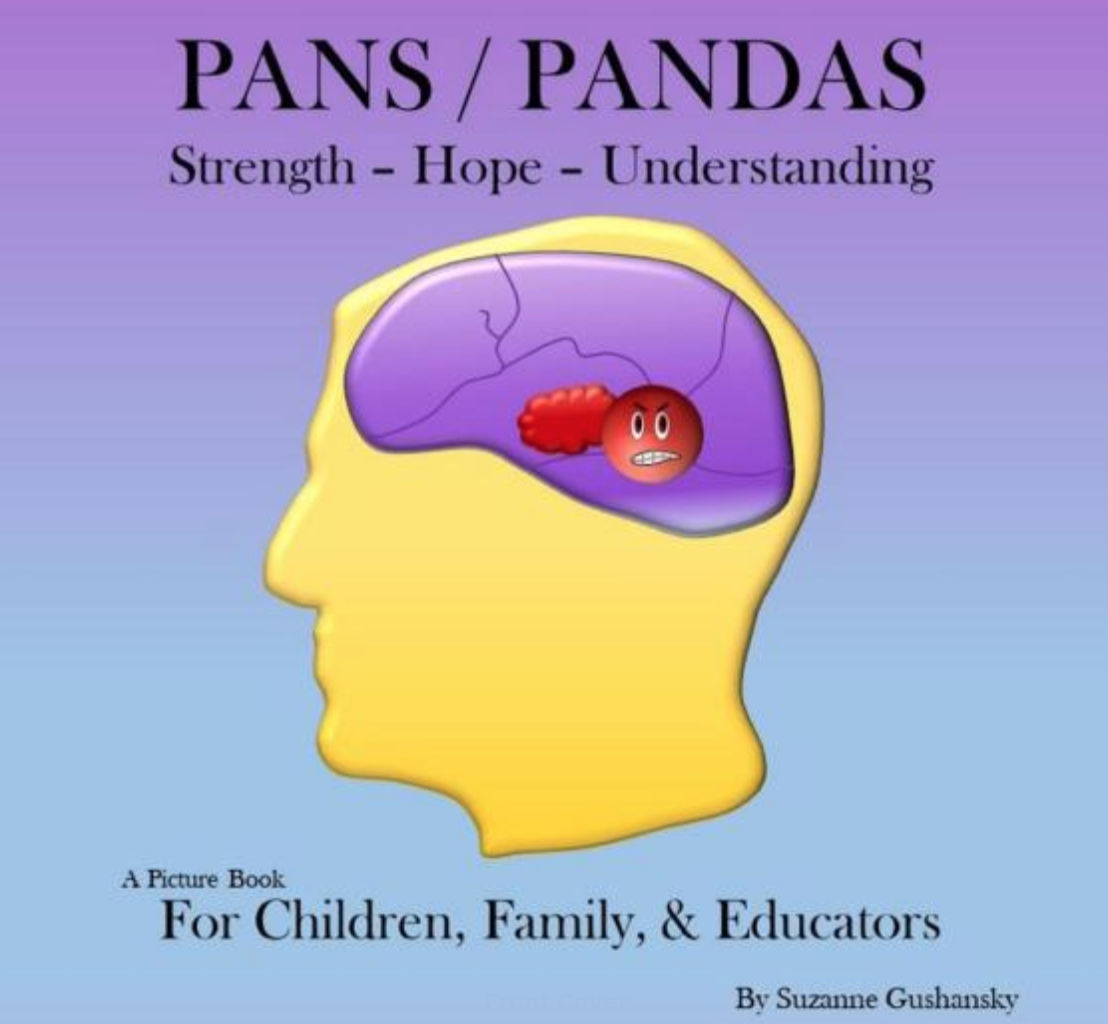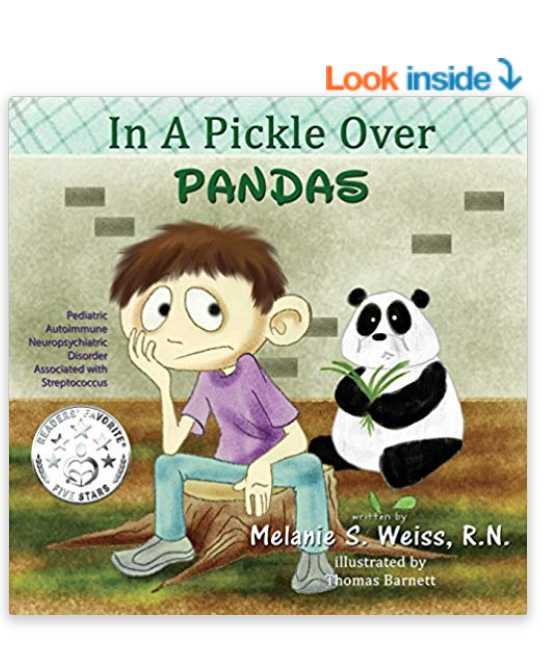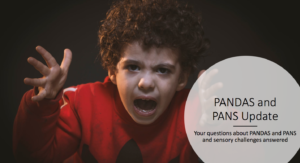Therapists practicing Ayres’ Sensory Integration should be aware of PANDAS and PANS as part of differential diagnosis. Like Sydenham’s Chorea, the incidence of both these clinical presentations may be becoming increasingly more common as antibiotics are used more judiciously.
It is a possible differential diagnosis for a range of childhood neurodevelopmental and mental health difficulties including autism and rage/anger, and occupational therapists practicing sensory integration are likely to receive these referrals due to the sensory symptoms that may be a prominent marker of PANDAS, PANS and early-stage Sydenham’s Chorea, before frank ataxic movement patterns are observed .
A key symptom of this disorder is extreme sensory reactivity alongside development of tics, changes to participation in activity, altered movement patterns and fluidity of movement, joint pain and changes to mood, focus, attention and difficulties with emotion regulation. Intense extreme emotions and eating difficulties are also reported in the literature.
SYMPTOMS LIST from http://pandasnetwork.org/medical-information/
Symptom presentation and severity can vary from child to child. It can also vary in each exacerbation. Below is a list of possible symptoms a child may exhibit. Not all need to be present. Not all possible symptoms are listed.
OBSESSIVE COMPULSIVE DISORDER (OCD)
OCD can manifest in different ways in young children. Learn more here.
RESTRICTIVE EATING
This includes selective eating and food refusal.There can a variety of reasons why the child experiences this, including contamination fears, sensory sensitivities, trouble swallowing, fear of vomiting or weight gain, and more. If restrictive eating is resulting in severe weight loss, call your provider immediately.TICS
Tics are repetitive movements or sounds that can be difficult for a child to control. Motor tics can include eye-blinking, head-jerking, shoulder shrugging, nose-twitching, and facial grimacing. Some motor tics are a series of movements, performed in the same order. Vocal tics can include grunting, humming, throat clearing, coughing, repeating words or phrases. Some children are able to suppress tics temporarily, but doing so can cause extreme discomfort. Relief comes through performing the tic.ANXIETY
EMOTIONAL LABILITY
Emotional lability includes not being able to control one’s emotional response such as uncontrollable crying or laughing. This is a neurological symptom.DEPRESSION
IRRITABILITY AND AGGRESSION
BEHAVIORAL REGRESSION
This includes baby talk.DEVELOPMENTAL REGRESSION
DETERIORATION IN SCHOOL PERFORMANCE
This includes deterioration in math skills, inability to concentrate, difficulty retaining information, and school refusal. School performance can also be a result of another contributing symptom, such as OCD or severe separation anxiety.CHANGES IN HANDWRITING
This includes margin drifts and legibility.SENSORY SENSITIVITIES
This can include being sensitive to touch, sounds, and noise. Simple touches may feel like they are hurting. For example: being unable to tolerate the way socks feel or the texture or temperature of certain foods. Sensory processing problems can also cause difficulty in finding an item when it is among a vast selection of items. For example, a child may have a hard time finding a shirt in a full dresser or finding words in a word search.SOMATIC SIGNS
This includes sleeping difficulties, enuresis, frequent urination, and bed wetting.HYPERACTIVITY
CHOREIFORM MOVEMENTS
Here is an example of Choreiform movements. The child is attempting to hold his hands straight out and is trying not to move his fingers.SEVERE SEPARATION ANXIETY
Separation anxiety in an older child will present differently. For example, a child may be unwilling to leave the house or their bedroom.HALLUCINATIONS
This includes both visual and auditory hallucinations.FIGHT OR FLIGHT RESPONSE
DILATED PUPILS
RHEUMATIC PAIN OF JOINTS
Is often described.URINARY PROBLEMS
This includes daytime wetting accidents and/or frequent urination.
[youtube https://www.youtube.com/watch?v=qDuxlDWMgso&w=560&h=315]

Parent Facebook group: This is a group run by parents only for parents of children with the illness PANDAS or PANS. Any medical advice should come from your child’s doctors.
Like Sydenham’s Chorea, the onset of PANDAS and PANS follows bacterial infection. However, without the clear cerebellar signs and choreic movements of Sydenham’s Chorea, PANDAS and PAN’s can be easily attributed to childhood developmental disorders, typical developmental changes and everyday environmental stressors.
[youtube https://www.youtube.com/watch?v=0nGLoNVLtOM&w=560&h=315]
See the references below for further reading about PANDAS and PANS.



Read more here:
PANDAS and PANS Update
